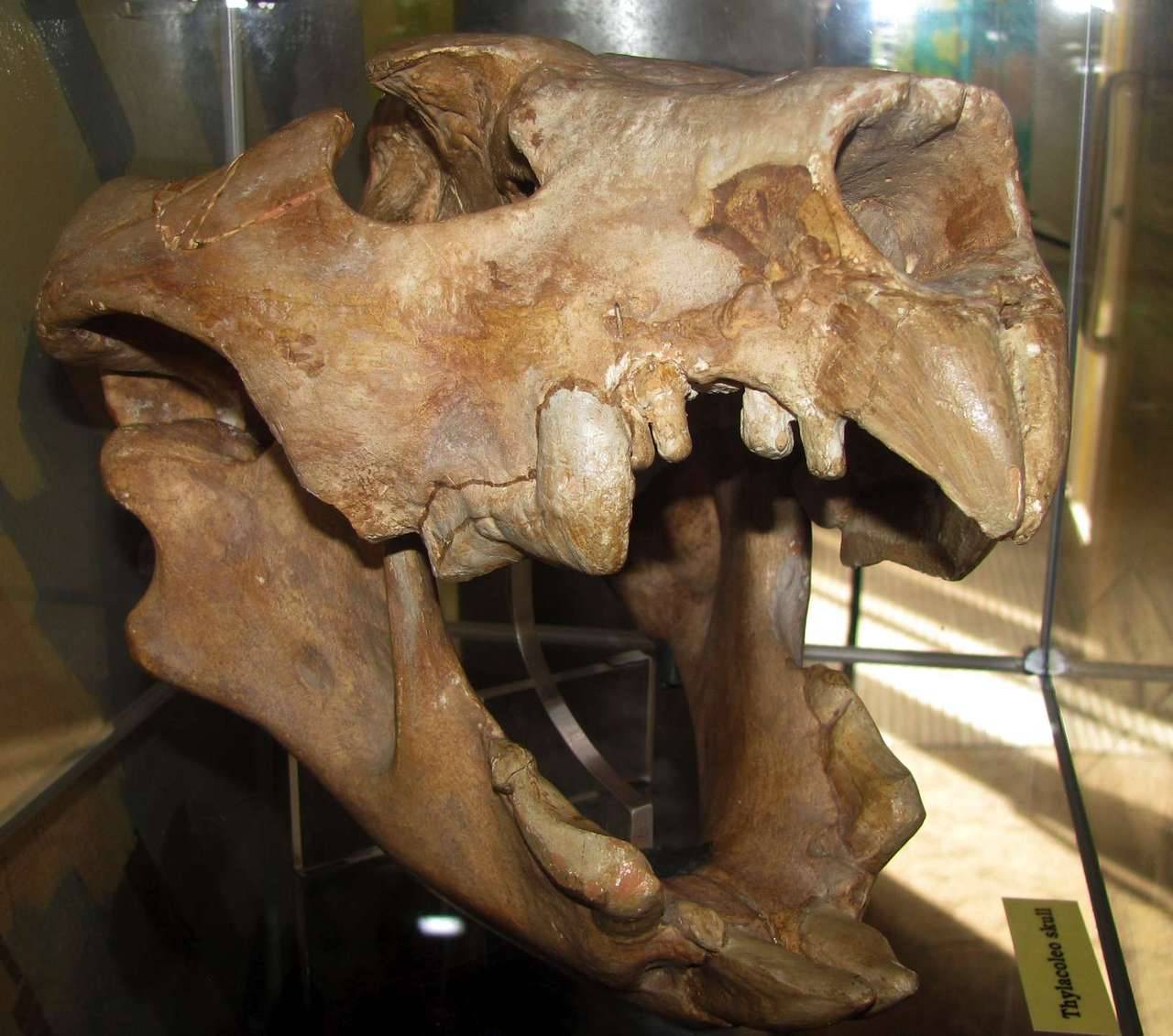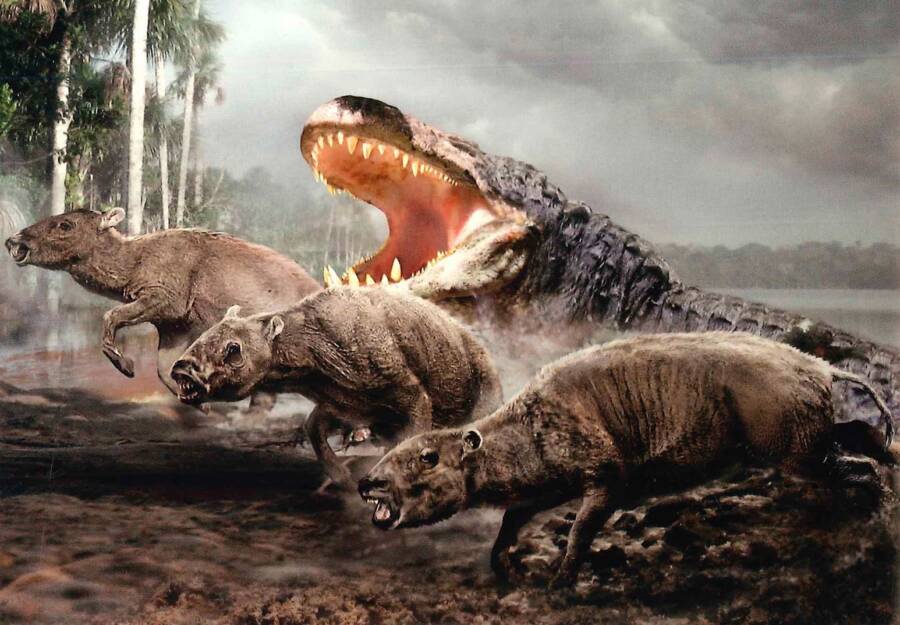Waste production is another of the most powerful threats to sustainability efforts, and incorporates not just pollution from garbage, but pollution from manufacturing byproducts as well. This is most often discussed in the context of plastics and their cheap, often negligent disposal. There are steps that can be taken to mitigate this issue, but doing so requires cooperation and will likely be more expensive than current methods, so it would take a serious combined effort for the world to see this change. Nonetheless, it is possible.
As previously mentioned, plastic is the primary contributor to this issue, seeing as nearly every consumer product that is manufactured and purchased every day is made from plastic. In theory, these plastics can be recycled, but the reality is that only around 9 percent of plastic collected gets recycled, and the rest is put in a landfill or incinerated. This does not account for the large percentage of plastic that isn’t recycled or thrown into a landfill, and is just tossed about. This is in in part due to the fact that very few kinds of plastic containers can actually be recycled using current technology, those being #1 and #2 plastic jugs and bottles. In total, roughly 79 percent of plastic ends up as pollution, and most of what is pollution on land eventually makes its way into the ocean.
This is problematic as animals get entangled in plastic material, or try to eat it. The more extensive issue is that plastic does not decompose as organic substances do, but rather it simply degrades into incredibly small pieces called microplastics. Microplastics are debatably even worse than “visible” pollution, because when ingested, they cause innumerable health effects, namely reproductive, neurological, pulmonary, and immune system issues. Furthermore, they cannot be tracked, and traces of microplastics have been found in many marine species. It is likely we all consume microplastics everyday. So if plastic waste and microplastics are such an issue, why not invest more in recycling?
The main reason why plastic is recycled at such a low rate is because proper processing and recycling is more expensive than alternatives such as landfills and incineration, with no obvious economic benefit (good health isn’t profitable). This means that the market for recycling and recycled goods is not very profitable and therefore extremely weak. Landfills and incineration are, in theory, better than nothing, but landfills require massive areas of land to be cleared to accommodate the trash and are inconstant need of expansion. In addition, landfills generate toxins and greenhouse gases. Incineration is no better because of the toxic gases it produces.
The second half of the recycling problem the world’s distribution of wealth. On average, more developed countries produce far more plastic waste per person than less developed countries. However, these developed countries are better equipped with facilities and technology with which to process this waste and deal with it in a less consequential manner. Meanwhile, less developed nations purchase their plastic products from these developed countries, but have mismanaged waste processing systems that lead to most plastic ending up as free pollution. As a result, these countries become the top contributors of plastic waste in the ocean.
As was the case with monocrop agriculture, discussed in my prior civic issue blog, waste production is a problem that grows exponentially alongside the human population. As the human population grows, demand for goods increases, the vast majority of which are packaged in plastic. Theoretically, plastic could be recycled into more product packaging after it is used and thrown out, but this recycling isn’t happening at the rate it needs to, so instead, more and more plastic is produced everyday which will inevitably end up as a pollutant once it is used. As a reference, roughly 380 million tons of plastic are produced annually, and 2.5 million plastic bottles are thrown away every hour as of now, and these numbers will follow the population growth trend. 79% of these objects will end up in the environment.
While the above information seems depressing and hopeless, there are alternatives and solutions which show promise. Firstly, further development of countries could help to reduce waste. Already, companies can be observed setting plastic waste reduction goals, and government targets and economic incentives are also in place. As countries develop, demand for and production of plastic goods increases, but plastic processing facilities also improve, allowing more of these materials to actually be recycled. This is evidenced by the current compound annual growth rate of the value of the recycling market, which is set to increase by over double by 2028.
We also have many other alternative materials such as aluminum and paper which can be used to substitute many plastic products. For example, plastic beverage bottles, which contribute to 14% of plastic waste worldwide, can alternatively be made out of aluminum, which is equally durable to plastic but completely recyclable. This substitute material can also be used for cups, plates, and other mass produced personal items. Glass and ceramics can replace many of the larger jars and jugs that aluminum is too expensive for. While not biodegradable, glass is at least inert and will not break down into harmful components like microplastics. Paper is also often used as a substitute to plastic bags.
As you may have noticed, these are the exact same materials that everything was packaged in before the invention of plastic. Plastic was implemented for its cheapness, so while these alternatives may be more expensive than plastic packaging, at least we know that their mass production is possible given that it used to be the standard, although it would have to be scaled up to the current population. The way I think about it is that paying extra for a product that is not packaged in plastic is both paying for the product and paying towards solving the plastic pollution problem, so it is not more expensive for no good reason.
Overall, solid waste production is a daunting challenge we face in the modern age that continues to worsen the longer we sweep it under the carpet. However, efforts have been made to work towards more sustainable disposable items, and further steps can be taken. We are moving in the right direction, but still have a long way to go. My judgement is that the biggest challenge to further implementing sustainability strategies is cooperation between nations with conflicting interests. However, that should not stop those of us with more aligned sustainability goals to at least get started, and set an example for other developing countries.
Sources:
https://thehill.com/changing-america/sustainability/environment/3712999-why-most-plastic-isnt-getting-recycled/
https://www.theguardian.com/us-news/2019/jul/02/us-plastic-waste-recycling
https://www.nature.com/articles/502615a
https://ourworldindata.org/plastic-pollution
The Best Eco-Friendly Alternatives for the Plastic in Your Life
https://smallbusiness.chron.com/manufacturing-pollution-37013.html
:max_bytes(150000):strip_icc()/Megatherium_NT_small-5b5eed2bc9e77c0025d39742.jpg)








 These ancient fish are representative of a once incredibly diverse clade that was the dominant form of fish on the planet at one point, and can be considered living fossils. This is one of few animals I can think of that provides us living proof as to what animals looked like hundreds of millions of years ago, and is certainly the oldest example of this.
These ancient fish are representative of a once incredibly diverse clade that was the dominant form of fish on the planet at one point, and can be considered living fossils. This is one of few animals I can think of that provides us living proof as to what animals looked like hundreds of millions of years ago, and is certainly the oldest example of this.









